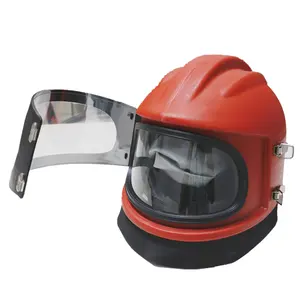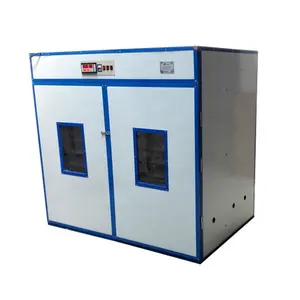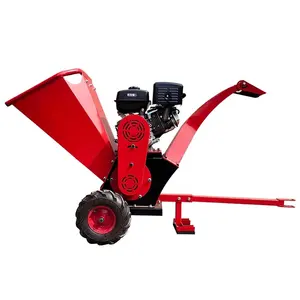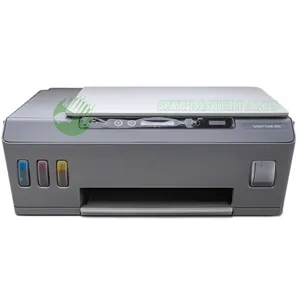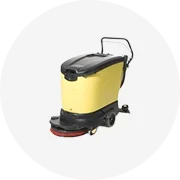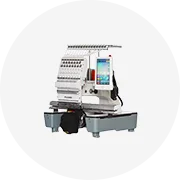Phổ biến trong ngành của bạn






Sunpoint M6 M8 M10 M12 M14 M16 M30 8.8 cấp cường độ cao thép không gỉ ren thanh mạ kẽm Stud ren thanh
0,01 US$ - 0,05 US$
Đơn hàng tối thiểu: 1000 Cái
Vận chuyển mỗi chiếc: 0,60 US$



Jenbacher phụ tùng 190308 kết nối rod bushing các bộ phận ban đầu từ áo
250,00 US$ - 400,00 US$
Đơn hàng tối thiểu: 5 Cái







Bán tốt các công nghệ mới nhất máy kéo phụ tùng trên Cutter Swing Rod W2.0-01-01-07-01-00
6,86 US$ - 7,54 US$
Đơn hàng tối thiểu: 1 Đơn vị
Vận chuyển mỗi chiếc: 133,97 US$







Giá Mỗi Kg Thanh Hợp Kim Đồng Vonfram (Wolfram) W75cu25/Nhà Cung Cấp Đồng Vonfram
55,00 US$ - 60,00 US$
Đơn hàng tối thiểu: 1 Kilogram







Hastelloy B B2 B3 B4 thanh hastelloy C C276 C4 C22 C59 c2000 g G30 G35 G50 x G3 thanh tròn
26,00 US$ - 35,00 US$
Đơn hàng tối thiểu: 300 Kilogram

Các danh mục hàng đầu
Giới thiệu về 12122362 thanh looper trên
Tìm kiếm một phần cụ thể để sửa chữa? Alibaba.com ở ngay đây với nhiều tùy chọn khác nhau. 12122362 thanh looper trên cho bạn. Tìm chính xác loại. 12122362 thanh looper trên bạn cần từ kho linh kiện thay thế và sửa chữa khổng lồ. Bạn sẽ tìm thấy mọi loại. 12122362 thanh looper trên ở đây, có thể là cho mục đích cá nhân hoặc nghề nghiệp.
Bất kỳ lỗi hoặc trục trặc cụ thể nào trong. Gọi 12122362 thanh looper trên để biết thêm chi phí. Đôi khi, tìm ra điều chính xác. 12122362 thanh looper trên có thể trở thành một nhiệm vụ mệt mỏi. Bạn có thể tiếp tục chạy từ cửa hàng này sang cửa hàng khác để tìm kiếm cụ thể. 12122362 thanh looper trên nhưng vẫn không hài lòng. Tại Alibaba.com, bạn có thể duyệt qua hàng loạt tùy chọn từ tất cả các thương hiệu và mẫu hàng đầu và khám phá mặt hàng theo yêu cầu của bạn một cách dễ dàng.
12122362 thanh looper trên được sử dụng cả ở cấp độ cá nhân và thương mại. Từ các đơn vị nhỏ đến lớn liên quan đến ngành may mặc đều có thể yêu cầu. 12122362 thanh looper trên theo thời gian. Với sự sẵn có của những sản phẩm này một cách dễ dàng, một số doanh nghiệp may mặc mới đã đi lên ổn định và đạt được những tiến bộ đáng kể. Ngay cả ở cấp độ cá nhân ,. 12122362 thanh looper trên vẫn có nhu cầu rất lớn và không có gì đánh bại được niềm vui khi tìm thấy tất cả ở một nơi.
Mặt tích cực là những sản phẩm này có sẵn cho cả người mua cá nhân và người mua số lượng lớn. Khám phá phạm vi độc quyền của. 12122362 thanh looper trên và mang về nhà những mặt hàng chất lượng bền và đáng tin cậy này phù hợp với ngân sách của bạn. Các nhà cung cấp và nhà bán buôn hàng đầu cung cấp cho họ những giao dịch ngoạn mục.
Bất kỳ lỗi hoặc trục trặc cụ thể nào trong. Gọi 12122362 thanh looper trên để biết thêm chi phí. Đôi khi, tìm ra điều chính xác. 12122362 thanh looper trên có thể trở thành một nhiệm vụ mệt mỏi. Bạn có thể tiếp tục chạy từ cửa hàng này sang cửa hàng khác để tìm kiếm cụ thể. 12122362 thanh looper trên nhưng vẫn không hài lòng. Tại Alibaba.com, bạn có thể duyệt qua hàng loạt tùy chọn từ tất cả các thương hiệu và mẫu hàng đầu và khám phá mặt hàng theo yêu cầu của bạn một cách dễ dàng.
Mặt tích cực là những sản phẩm này có sẵn cho cả người mua cá nhân và người mua số lượng lớn. Khám phá phạm vi độc quyền của. 12122362 thanh looper trên và mang về nhà những mặt hàng chất lượng bền và đáng tin cậy này phù hợp với ngân sách của bạn. Các nhà cung cấp và nhà bán buôn hàng đầu cung cấp cho họ những giao dịch ngoạn mục.
